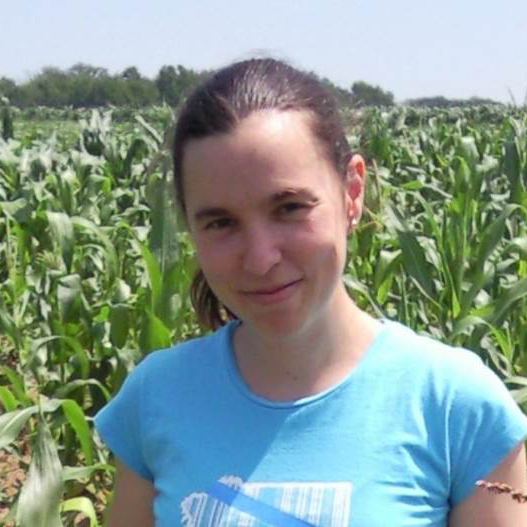The application of genomics can improve the effectiveness and efficiency of developing new varieties that achieve complex crop profile targets while decreasing costs. Within breeding programs, applied genomics is used for trait discovery, pedigree verification, parent identification, genomic selection, and verification of farmer uptake of new varieties. Successful integration of applied genomics has been achieved by large and well-funded breeding programs. The aim of the ILCI genomics team is to co-develop resources, tools, and pipelines that are available and accessible to small public breeding programs globally for crops species such as sorghum, millets, cowpea, and common bean.
The challenge
Our approach
ILCI’s approach incorporates genomics within a total crop improvement framework that includes disciplines as diverse as gender science, nutrition, phenomics, and informatics. In this way genomics is not a stand-alone tool; it is embedded into breeding pipelines that are guided by decision-support and inclusive and adoptable product profiles. ILCI genomics aims to co-develop the tools, technologies, and methods to enable full adoption and control by National Agricultural Research Institutes to achieve sustainable genetic gains for farmers and communities within their target regions.
Recent highlights
International partnerships
Working together with Excellence in Breeding (EiB), CoIs, and other international researchers to leverage and collate existing genomics data, reference genomes, and markers for time and cost savings
Customized software
Re-designing current software applications for use by applied users in small public breeding programs
Centers of Innovation
Innovating with CoIs on existing software applications to improve genomic prediction accuracy
Research from our experts
In progress
- Outsourcing low-cost and high-quality DNA extraction and genotyping with Excellence in Breeding (EiB) so scientists can focus on developing bioinformatics expertise
- Conducting in silico testing to ensure genotyping platforms cover the diversity present in CoI crop germplasm
- Assembling high-quality reference genomes for CoI crops lacking reference genomes in collaboration with Excellence in Breeding (EiB)
- Establishing cloud computing for genomic analyses at small public breeding programs
- Applying cost and time-efficient approaches to genomic breeding using the Practical Haplotype Graph (PHG)
- Incorporating functional gene-level data into genomic prediction models for improved accuracy
- Adapting and updating TASSEL for use by plant breeders
Publications from our experts (external from ILCI funding)
- Giri A, Khaipho-Burch M, Buckler ES, Ramstein GP (2021). Haplotype associated RNA expression (HARE) improves prediction of complex traits in maize. bioRxiv.
- Valdes Franco JA, Gage JL, Johnson LC, Bradbury P, Miller ZR, Buckler ES, Romay MC (2020). A maize practical haplotype graph leverages diverse NAM assemblies. bioRxiv.
- Monier B, Casstevens TM, Buckler ES (2020). rTASSEL: an R interface to TASSEL for association mapping of complex traits. bioRxiv.
- Jensen S, Charles JR, Muleta K, Bradbury P, Casstevens T, Deshpande SP, Gore MA, Gupta R, Ilut DC, Johnson L, Lozano R, Miller Z, Ramu P, Rathore A, Romay MC, Upadhyaya HD, Varshney R, Morris GP, Pressoir G, Buckler ES, Ramstein G (2020). A sorghum Practical Haplotype Graph facilitates genome-wide imputation and cost-effective genomic prediction. Plant Genome. 2020;e20009.








